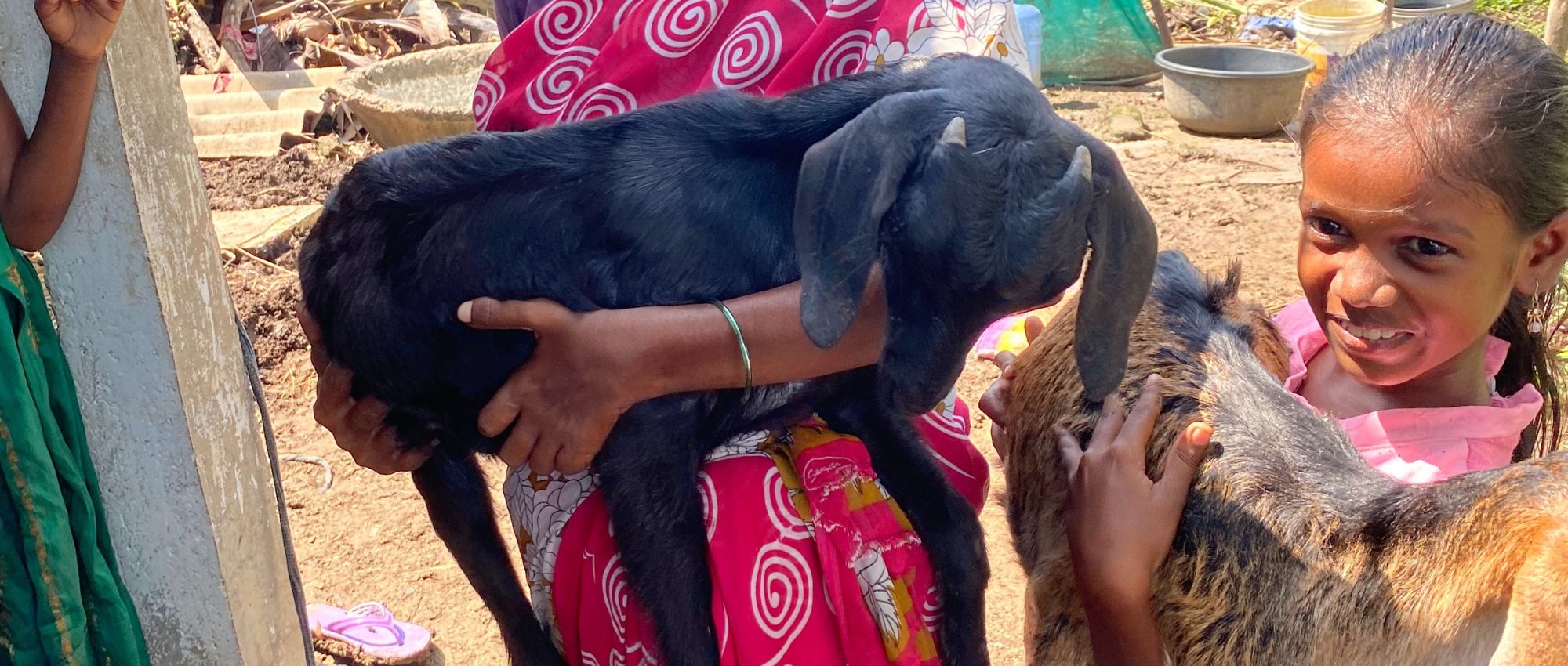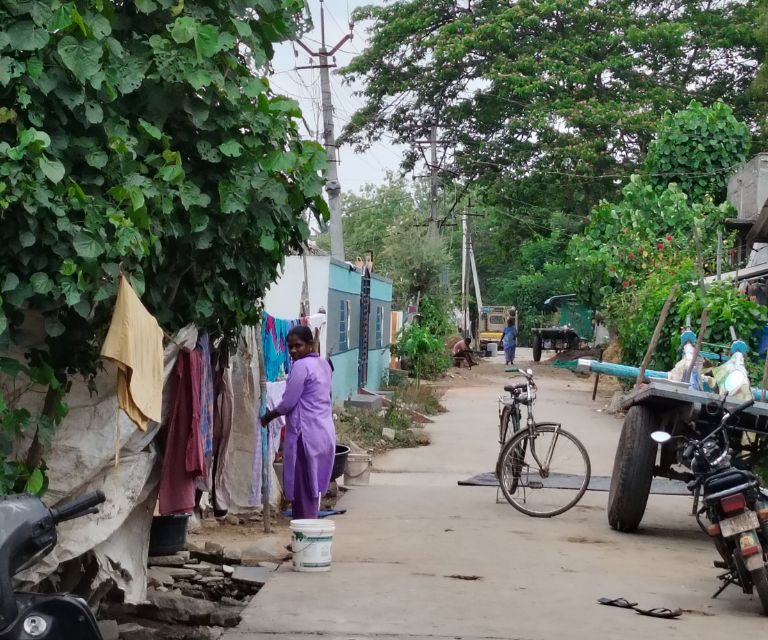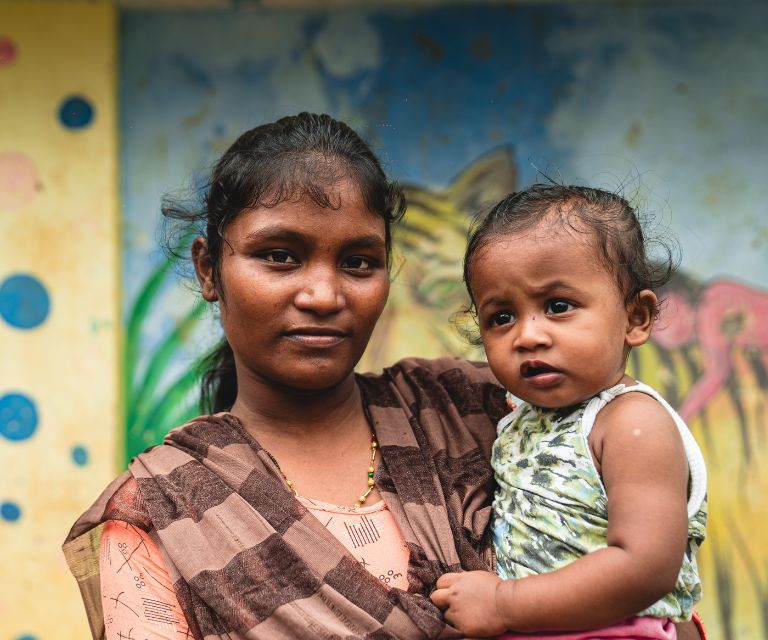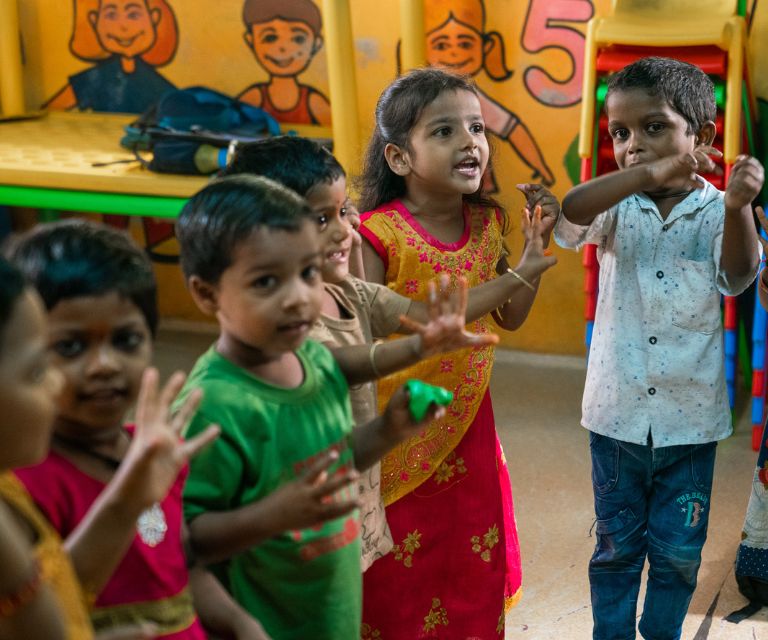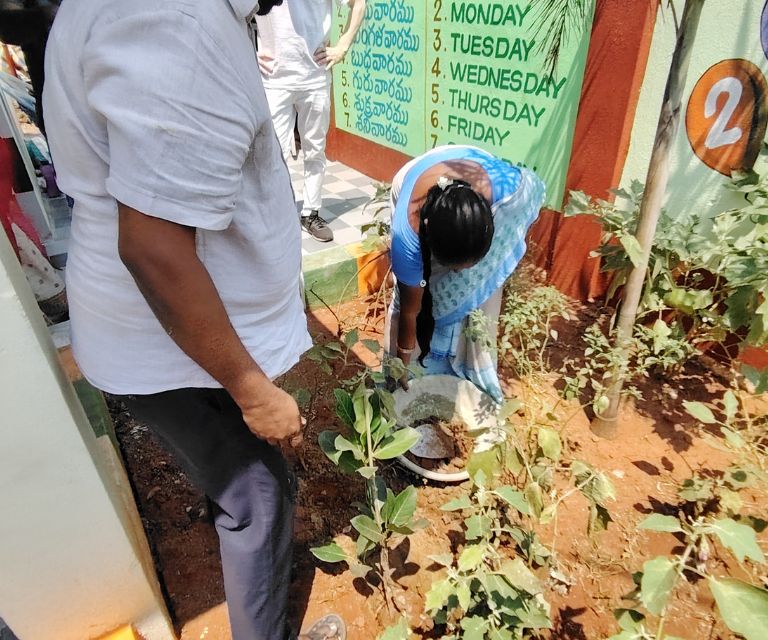India’s rural regions are predominantly agrarian, with agriculture serving as the economic backbone. Major crops include rice, pulses, sugarcane, and maize. Despite this agricultural richness, these areas face significant socio-economic and infrastructural challenges that hinder overall development and affect the quality of life. Rural areas showcase a mix of economic activities, cultural richness, and developmental struggles. While agriculture and traditional occupations such as agri based livelihoods remain the backbone of the rural economy, improved infrastructure, education, and healthcare are needed for holistic growth.
Many rural children discontinue their education early due to financial constraints, family responsibilities, or lack of awareness. While primary schools are present, higher education institutions are predominantly located in urban areas, compelling students to travel long distances.
Poor dietary habits, especially among women and children, lead to malnutrition and related health issues. Gender inequality further exacerbates health disparities, with women often experiencing worse health outcomes than men. Limited access to healthcare, education, and economic opportunities in rural areas significantly impacts women’s overall health and well-being.
Social hierarchies and caste-based discrimination persist in some villages, affecting employment and social mobility. Women in rural areas often have limited access to education, healthcare, and employment opportunities, facing restrictions due to traditional patriarchal norms. Practices such as early marriages and dowry traditions continue in certain regions, limiting opportunities for young girls and perpetuating cycles of poverty and inequality.
Addressing these multifaceted issues requires a comprehensive approach that includes improving educational infrastructure, enhancing healthcare services, promoting gender equality, and implementing policies that support socio-economic development in rural communities.

